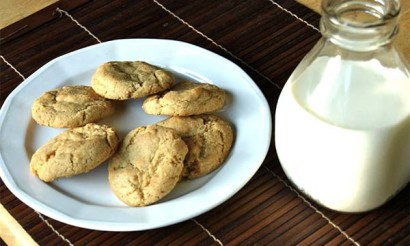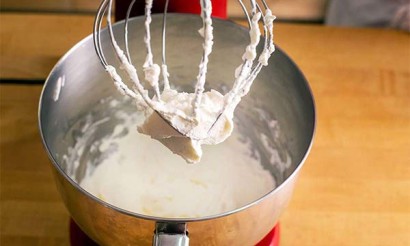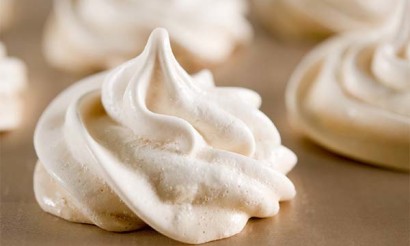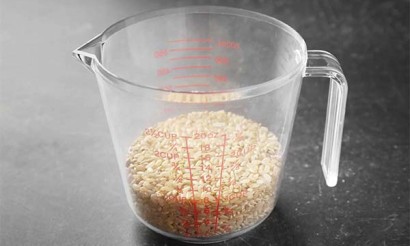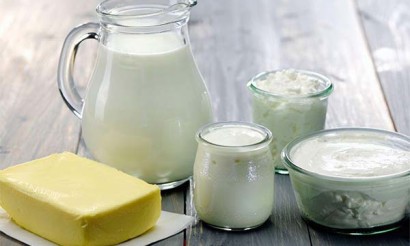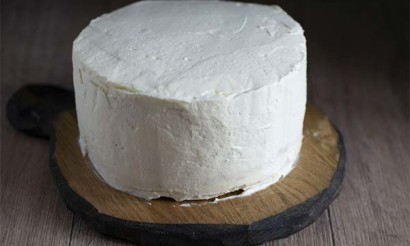How to fix over-salted pasta and save the side dish?
Pasta comes in handy when you need to feed your family quickly and nourishingly. They are eaten with butter or sauce as a separate dish, served as a side dish to cutlets, bratwurst, or topped with stuffing and passaged vegetables.
If the pasta is over-salted, you don't have to worry, much less get rid of the spoiled food. There are a few simple ways to fix the mistake.
How to correct over-salted pasta
Recommendations for correcting over-salted pasta:
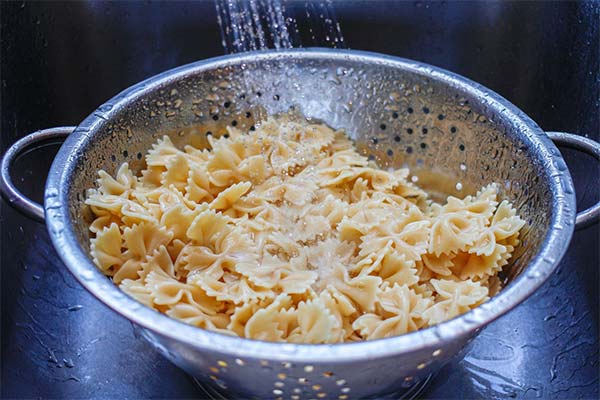
- Boil water in a kettle, drain the over-salted water from the pot, pour in the boiling water again. Add 1 tsp. of granulated sugar, continue to boil until tender. This method is used if an excess of seasoning is detected in the process of cooking.
- Prepare a similar portion of pasta, mix with excessive salt, warm in a frying pan.
- Toss the cooked product in a colander, rinse. Transfer to a saucepan, pour cold boiling water, drain after a quarter of an hour.
- Add unsalted fried minced meat to dish with onions, carrots. Combine with seafood, crab sticks.
- Fry onion in pan, add pasta, beat 2-3 eggs, mix. Cook for 3 minutes over low heat.
- Prepare a sauce that not only draws away and masks the salt, but also makes the dish tastier. Classic pasta sauces are milk béchamel, meat bolognese, basil pesto, mushroom sauce, tomato sauce, tomato-sour cream sauce.
- Make a casserole. For 500 g of salted pasta you will need 300 ml of milk, 3 eggs, 50 g of butter, 0.5 tbsp of sugar. Turn on the oven, set the temperature to 200°C. Put the spoiled product with pieces of butter in a mold. Fill with sweet egg and milk mixture, bake for 20 minutes.
- Boil milk with sugar, add to the prepared dish. You will have milk soup.
Important! If over-salted pasta with minced meat or stew, the surest way to fix the dish is to cook a similar unleavened portion and mix it with salted.
How to cook pasta properly
To prevent pasta from sticking, being undercooked, unleavened or over-salted, follow the chefs' recommendations. The dish is cooked in a pot on the hob, in the microwave or multicooker:
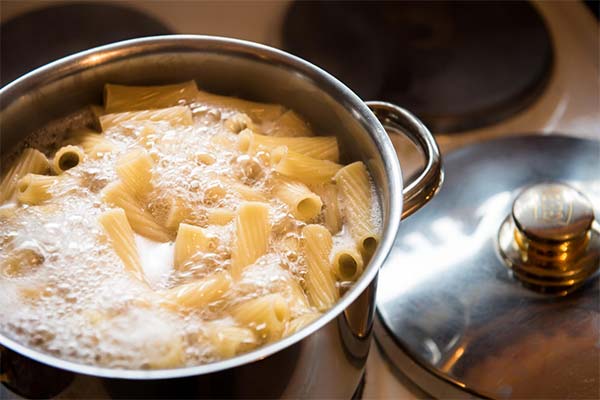
In a pot on the stovetop
In a container pour water in a volume of 10 times the weight of dry pasta. After the appearance of bubbles on the surface, add salt (10 g per 1 liter), put the product of dried dough, stir.
In terms of time, cook the dish as long as indicated on the package, or 2 minutes less if you plan to pour hot sauce. The average cooking time is 8-10 minutes.
During cooking, do not forget to periodically stir the contents of the pot. At the end of the time, the finished product is sent to a colander. After the water drains, the dish is returned to the pot, dressed with vegetable, butter, close the lid, shake.
In a microwave oven.
Pour the pasta in a glass heatproof pan, pour boiling water a finger above the product. Add salt, a little vegetable oil, stir, put in the microwave. Do not use the lid at all or close it loosely.
Set the timer in the microwave oven for 4 minutes at a medium power of 800-850 watts. After the signal to finish cooking, remove the container, stir the contents and put it back in the oven for 4 minutes.
In the multicooker
The walls of the bowl are generously greased with butter, put the main ingredient, pour salted water at the rate of 250 ml per 200 g of product, close the lid of the multicooker.
If there is a special program, press the appropriate button. If there is no program, the kitchen appliance is turned on in the steaming mode. The time is set for two minutes more than indicated on the package. Butter can be replaced with vegetable oil.
When to salt pasta when boiling
To give the pasta time to absorb sodium chloride, the dish is seasoned with white crystals at the moment of boiling water before putting the product in.
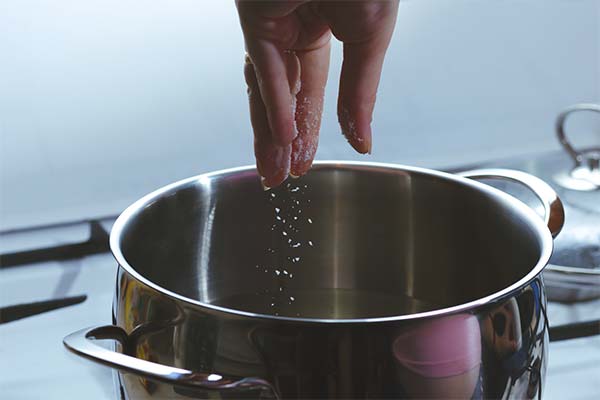
In Italy, where pasta and sauces are popular, they are not salted. Before serving, it is cooked in gravy with spices and seasoning for a couple of minutes.
How much salt to add
Italians believe that the amount of salt for pasta is measured according to the amount of water. After all, 200 grams of pasta cooked in a large pot and a small one with the addition of the same amount of seasoning will be different salinity.
According to the classic recipe, 1 tsp. of table salt, rock salt or sea salt is added to 1 liter of water.
In order not to over-salt the pasta, maintain the ratio of the product, water and sodium chloride - 100 g, 1 l and 10 g, respectively. Professionals advise tasting the water immediately after adding the white crystals. In this case, the mistake is easier to correct.
«Important: All information on this site is provided for informational purposes only. for informational purposes only. Before applying any recommendations, consult a health care professional. specialist. Neither the editors nor the authors shall be liable for any possible harm caused by materials."

